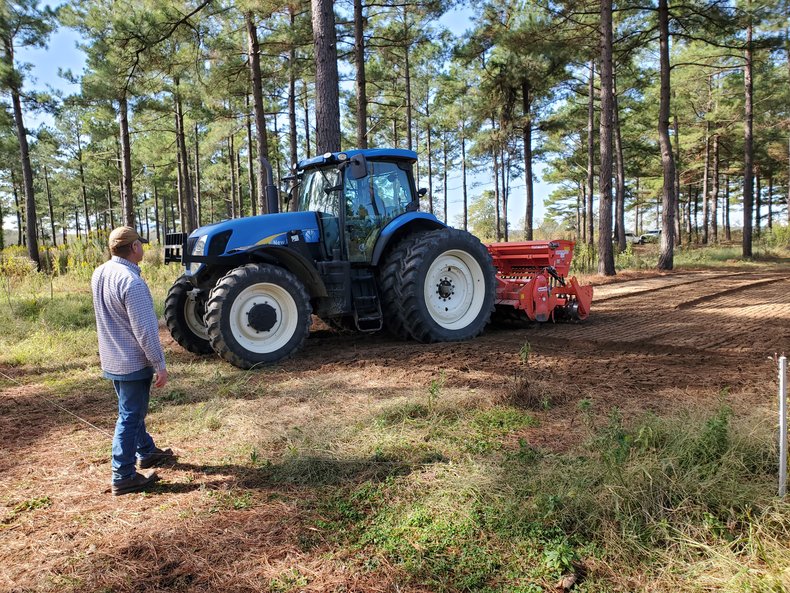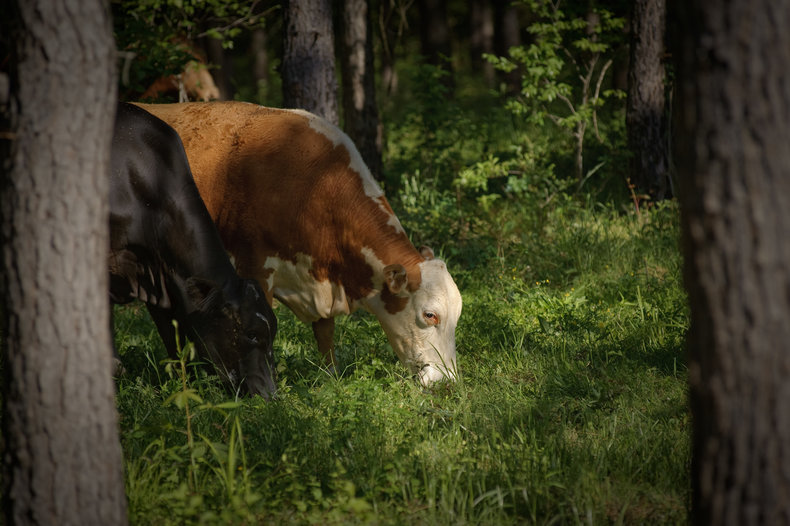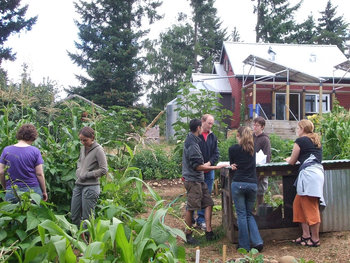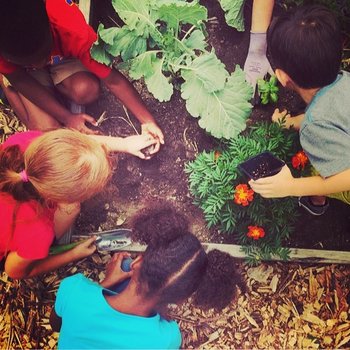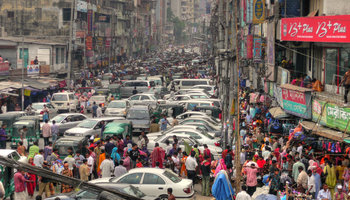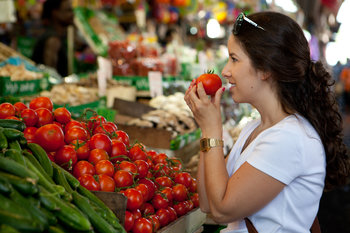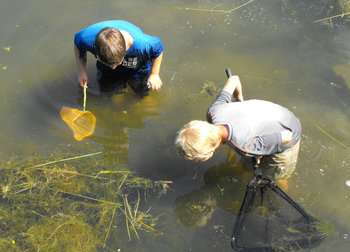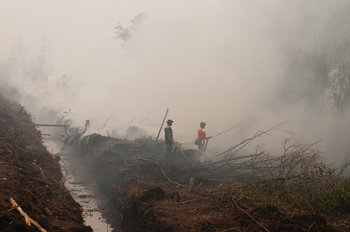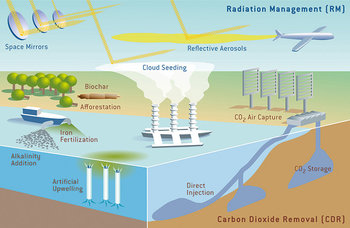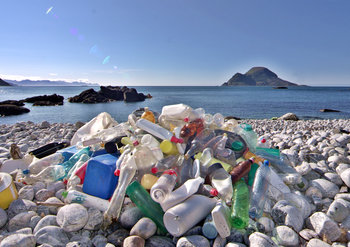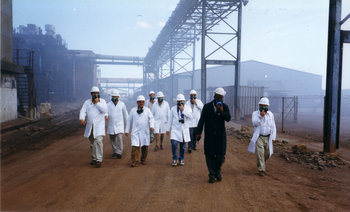|
| |
Silvopasture is a farming technique that introduces trees into foraging land for livestock production. The trees provide shelter for animals and can boost the production of forage by adding nitrogen and nutrients to the soil. The trees are typically selectively harvested for their wood or used to produce maple syrup or other products. Correctly managed, silvopasture can be highly sustainable with healthy free range animals and land that is continually fertilized by animals and trees.|
Type | Green Farming | Definition (1) | Land that is a mix of trees and foraging land that is used to produce livestock, lumber and other tree related products such as mushrooms or maple syrup. | Definition (2) | Foraging land that includes trees at no less than 400 per hectare to shelter animals, increase forage yield and produce tree related products such as lumber. | Related Concepts | |
Sustainability
This is the complete list of articles we have written about sustainability.
If you enjoyed this page, please consider bookmarking Simplicable.
© 2010-2023 Simplicable. All Rights Reserved. Reproduction of materials found on this site, in any form, without explicit permission is prohibited.
View credits & copyrights or citation information for this page.
|
